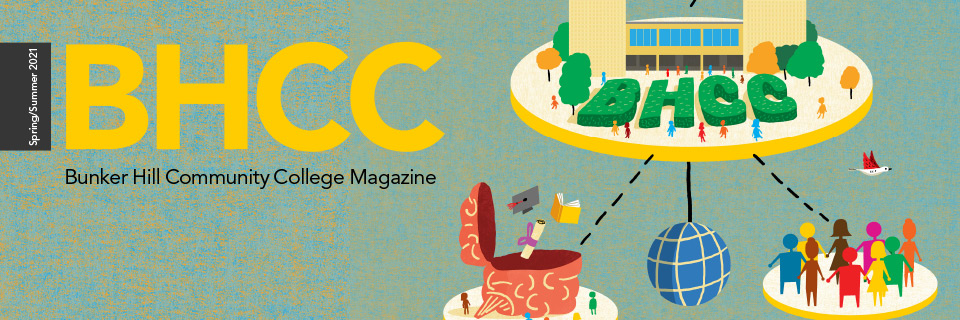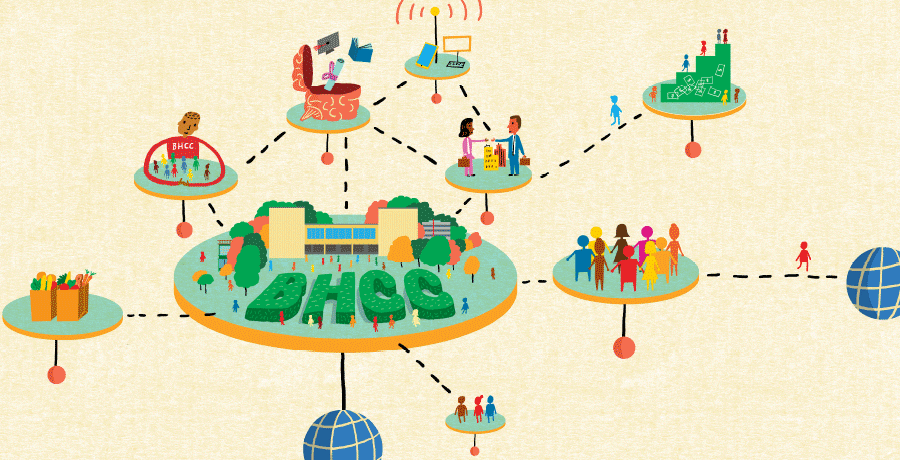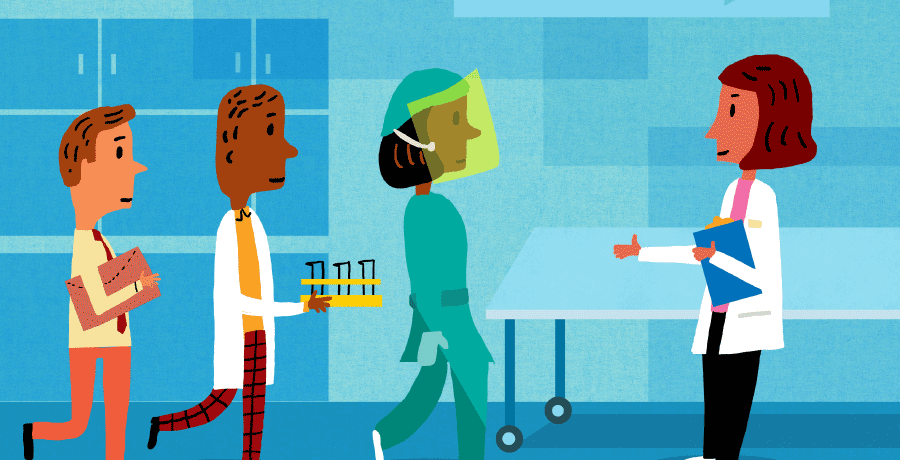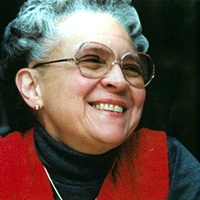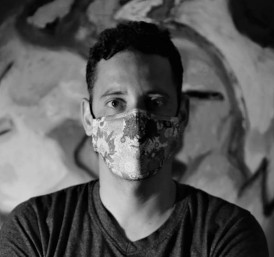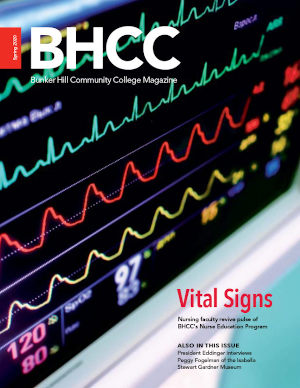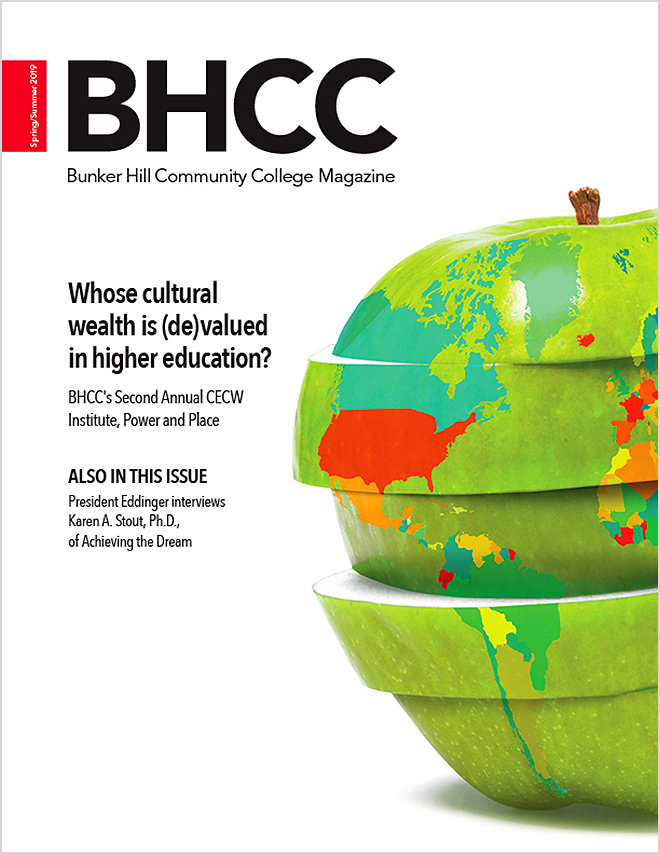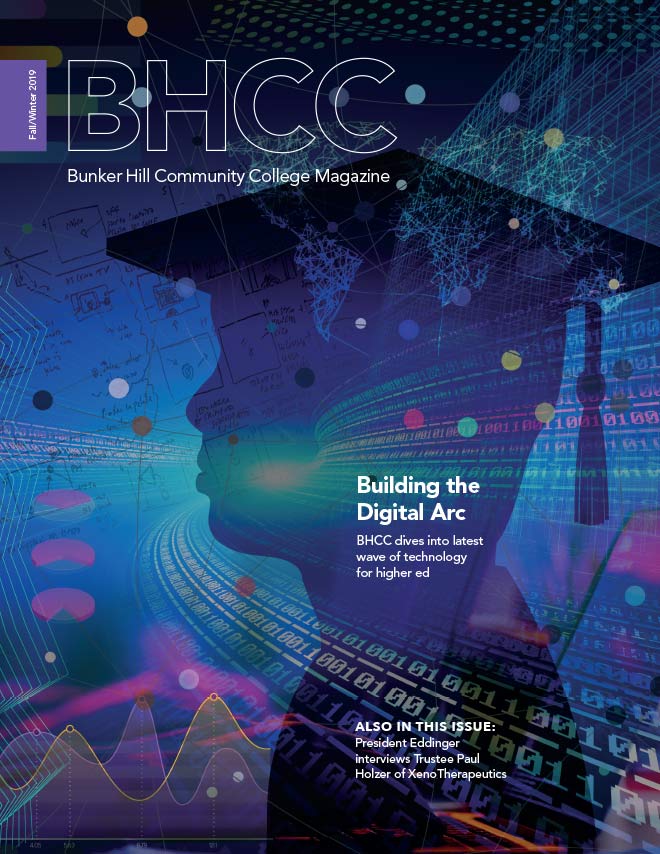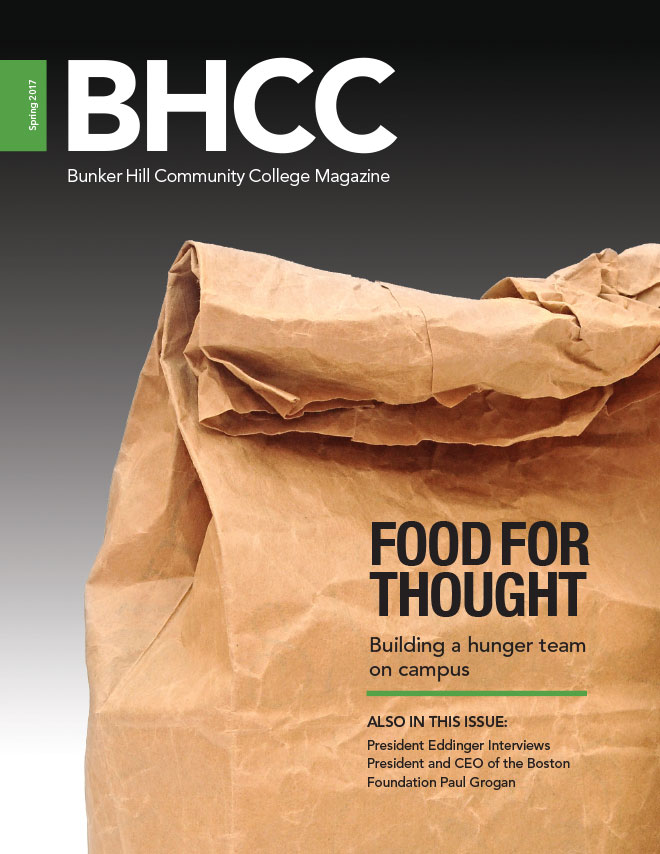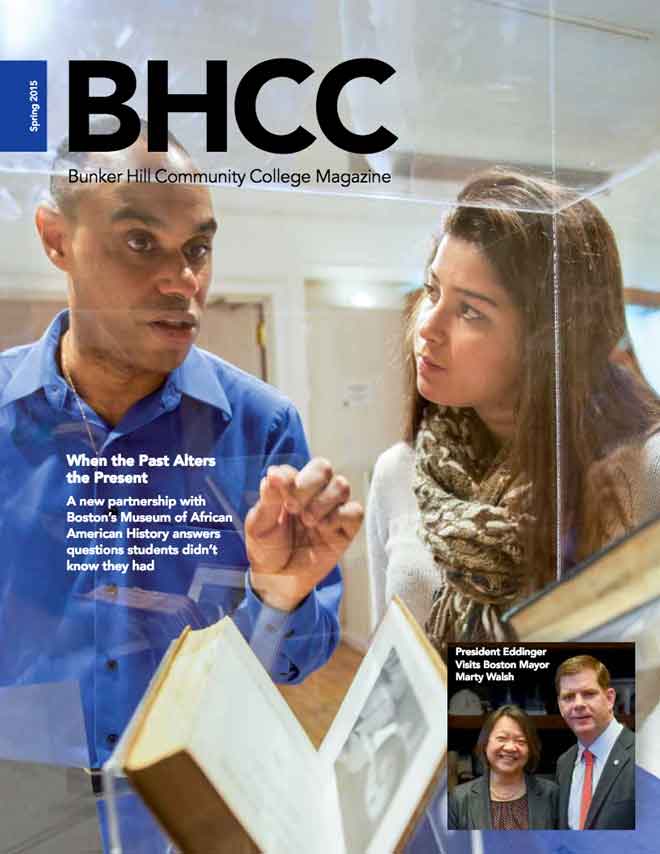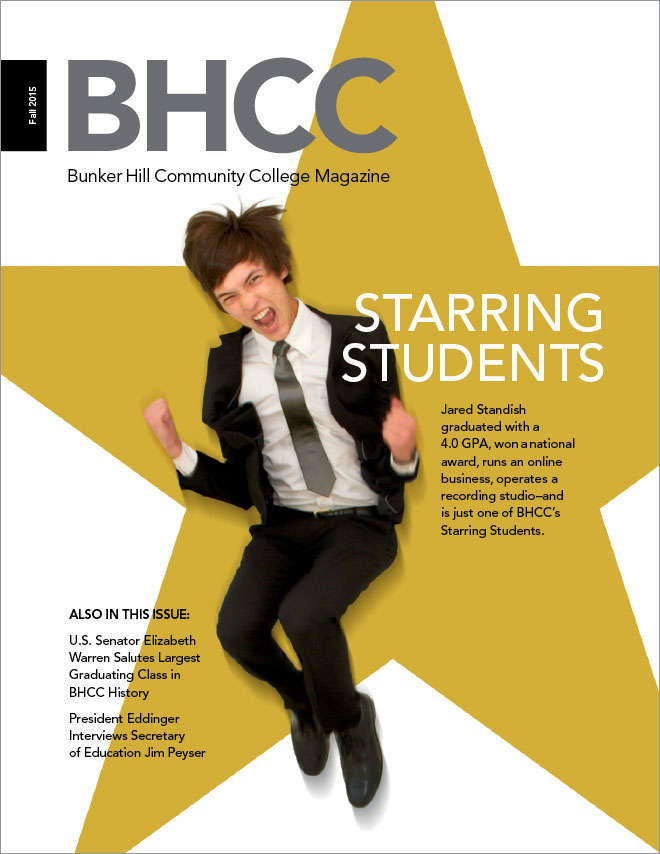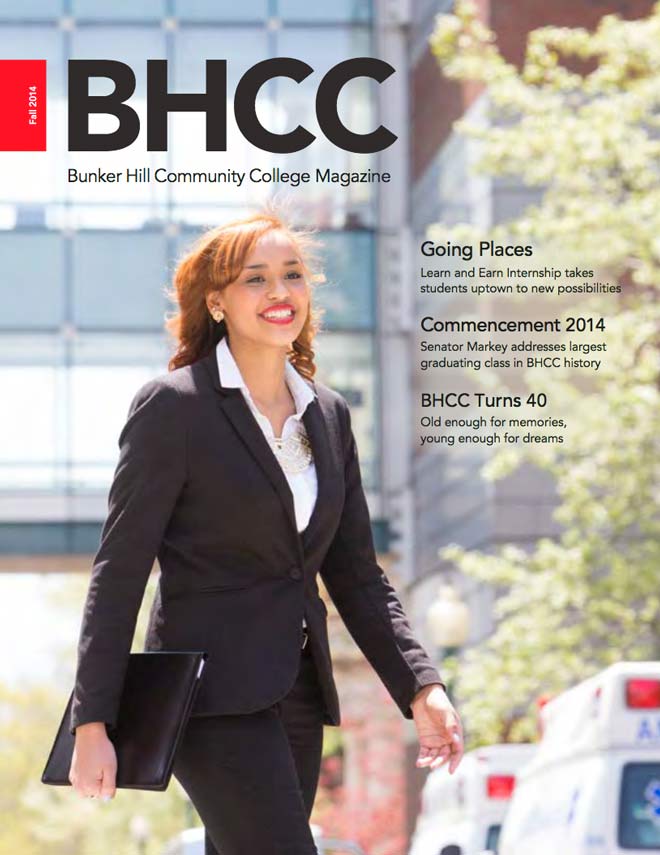BHCC Magazine - Spring/Summer 2021
Features
| 7 | Congratulations to Power Utility Program Graduates EPUT program alumni pursue goals in the energy industry |
| 10 | Unlocking Potential The Vision of the Community College Hub |
| 16 | Workforce Development Programs Meet Industry Demands Short-term training programs connect employers with skilled workers |
| 20 | Internship Pipeline Lessens Equity Gap STEM Internship Initiative expands paid opportunities for BHCC students |
| 24 | Dream Job BHCC students and alumni turn passions into purpose |


